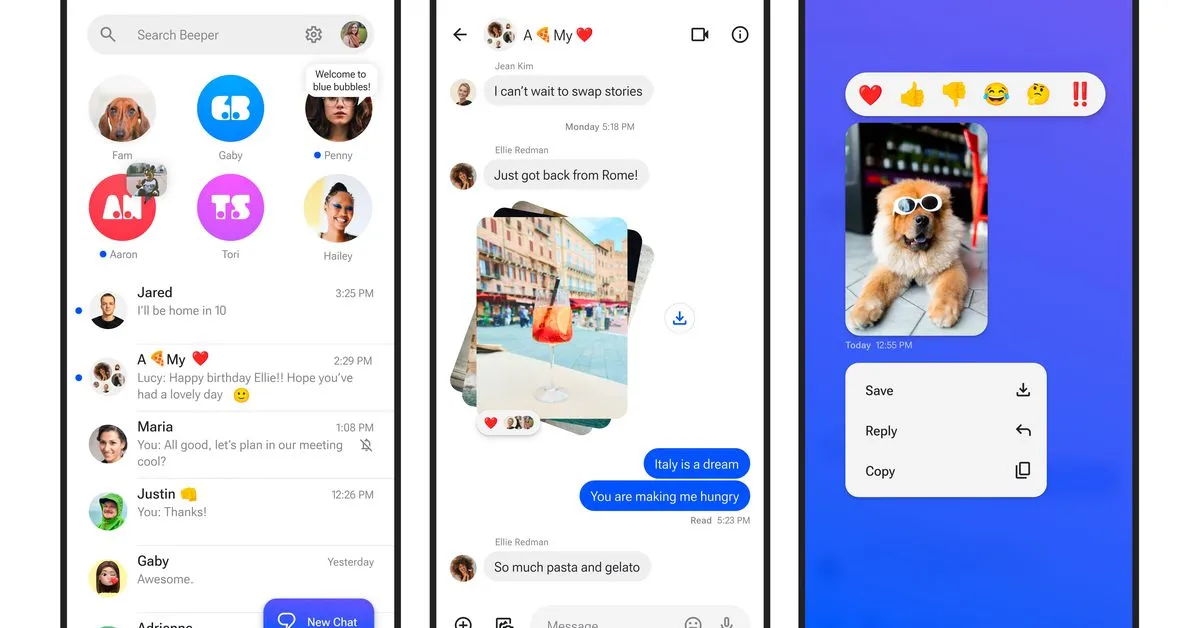There’s a new iMessage for Android app — and it actually works
There’s a new iMessage for Android app — and it actually works

There’s a new iMessage for Android app — and it actually works

• A new Android app called Beeper Mini allows users to send iMessages as blue bubbles from non-Apple devices.
• Beeper Mini bypasses traditional iMessage hacks by directly sending iMessages from Android devices.
• The app has been praised for its smooth functionality, sending messages seamlessly between Android and iPhone users.
